Cribbing, also known as crib biting, aerophagia and wind sucking, is a behavioral situation in which the horse is most likely relieving stress. Historically we thought was that horses cribbed to receive a high or euphoria but, new studies (which vary) suggest that horses crib for stress relief.
What Is Cribbing In Horses?
Cribbing is when a horse puts its front incisors over an edge (such as a board) and pulls back, arching his neck, and sometimes ‘taking in’ air.
A long time ago cribbing was considered an unsoundness. In 1889, a colt that cribbed was returned from Scotland to Belgium (no small journey) because it was deemed unsound as a ‘crib-biter’.
Interestingly, wild horses observed in the wild do not crib. Yep, we ‘caused’ it!
Horse Cribbing Causes
- Horse management/maintenance – Long stretches of time with no forage and little to no interactions (boredom and stress).
- Possibly genetic predisposition – Some horses may inherit their cribbing behavior; these horses start cribbing at a young age. Thoroughbreds, more than warmbloods and Quarter Horses, and possibly following certain bloodlines (per a Japanese study of 1,500 Thoroughbreds with a 1 percent rate of cribbing, but 7 or 8 percent within certain bloodlines).
- Diet – High grain diet/low forage. Especially when this is started at a young age, this seems to increase the frequency of a young horse starting to crib.
- Pain – Likely related to confinement after an injury.
Is Cribbing Contagious?
Apparently not since many companions of cribbers do not take up the habit. Companionship can help reduce cribbing and is a suggested management step.
Best Ways To Manage Horse Cribbing
Cribbing has been called a behavioral disorder, and a harmful addiction; however, thoughts on this are changing. Rather than attempting to stop or curb the behavior, letting the horse crib is growing. The following are steps recommended to limit cribbing.
Keeping forage available all the time, which is, after all, what nature intended
- Having companionship for the horse – can be a goat, chicken etc.
- Reducing surfaces that the horse can ‘latch’ onto are becoming more accepted practices.
- Cribbing collars are an option and have been widely used. There are several types, but they do not eliminate the urge, they just make the action of cribbing painful or uncomfortable. Some consider this option tormenting, due to the thought that a horse cribs for stress relief, as opposed to an addiction that they might become ‘weaned from’.
Is Cribbing Damaging to Your Horse?
Cribbing may result in increased colic, gastric ulcers, weight loss, wearing down of the upper incisors (this is a quick way to check to see if a horse cribs), under development of some neck muscles and over development of others, weight loss/eating challenges, damage to fences, barn, etc., and flatulence.
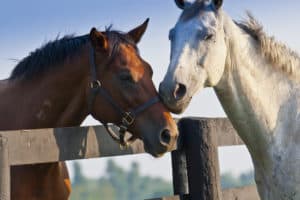
- Is this horse a fantastic babysitter for your other horses or for his/her rider?
- Is this horse a great performance horse?
- Is this horse a great producer?
- Is this horse your unicorn?
- Does this horse show great promise?
If you look hard enough and you will find a blemish in any horse. Okay, so with cribbing we do not have to look hard, but is it really a reason to turn away?
In the past, multiple horses that led in their sport were cribbers… many major competitions, including the Olympics, would very likely have been different if those horses were discarded for their cribbing.
We hope you found this article helpful and if your horse ever gets any cuts, abrasions, scratches or white line disease, we hope you keep Banixx Horse & Pet Care in mind.
Share this Post
Featured Post
Recent Posts
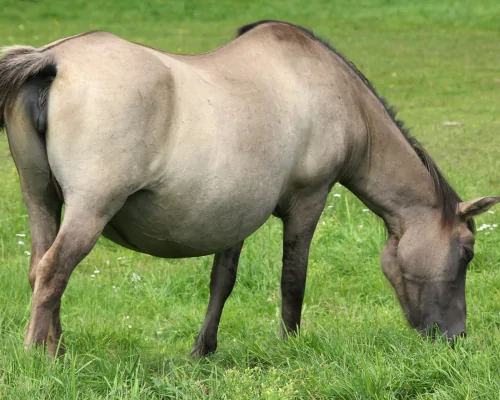
Managing the Mamas –Part 2 –The development process
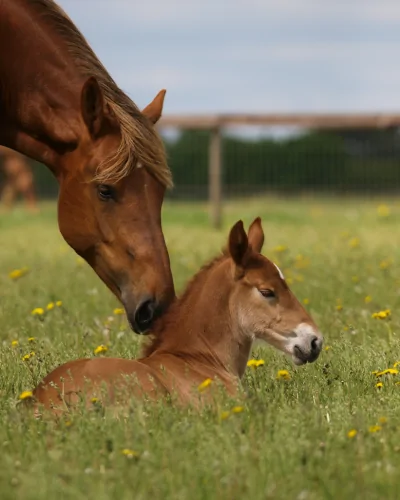
Managing the Mamas: Part 1 – Preparing to Breed Your Mare

HOW MANY TOES?? Caring for the Polydactyl Cat
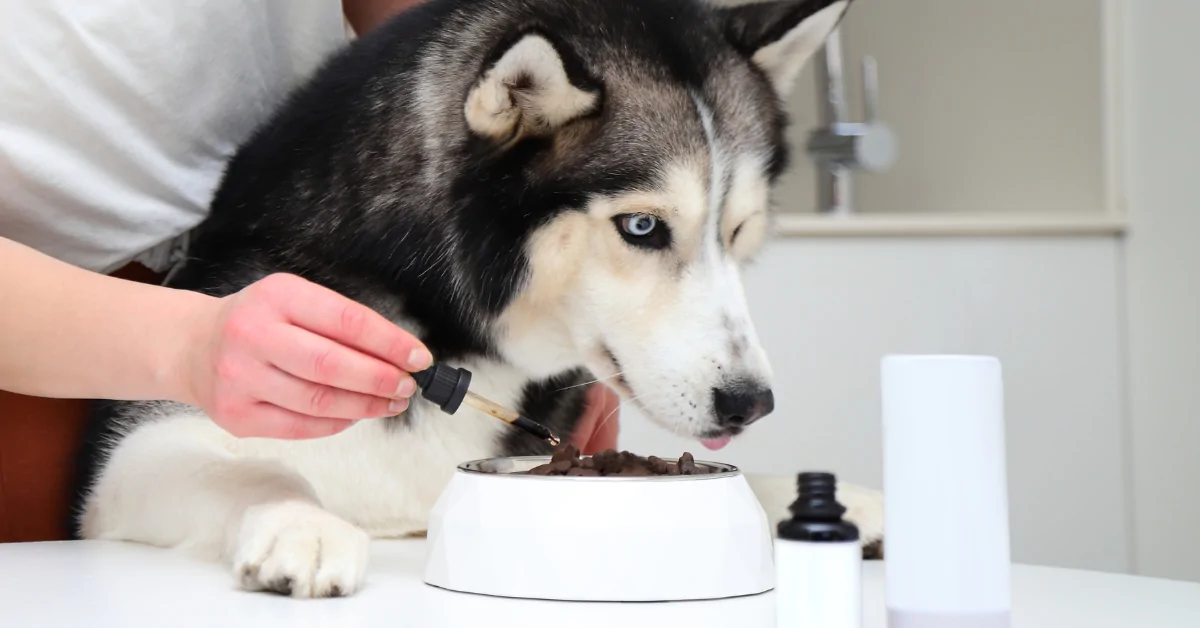
Do Dog Joint Supplements Actually Work?
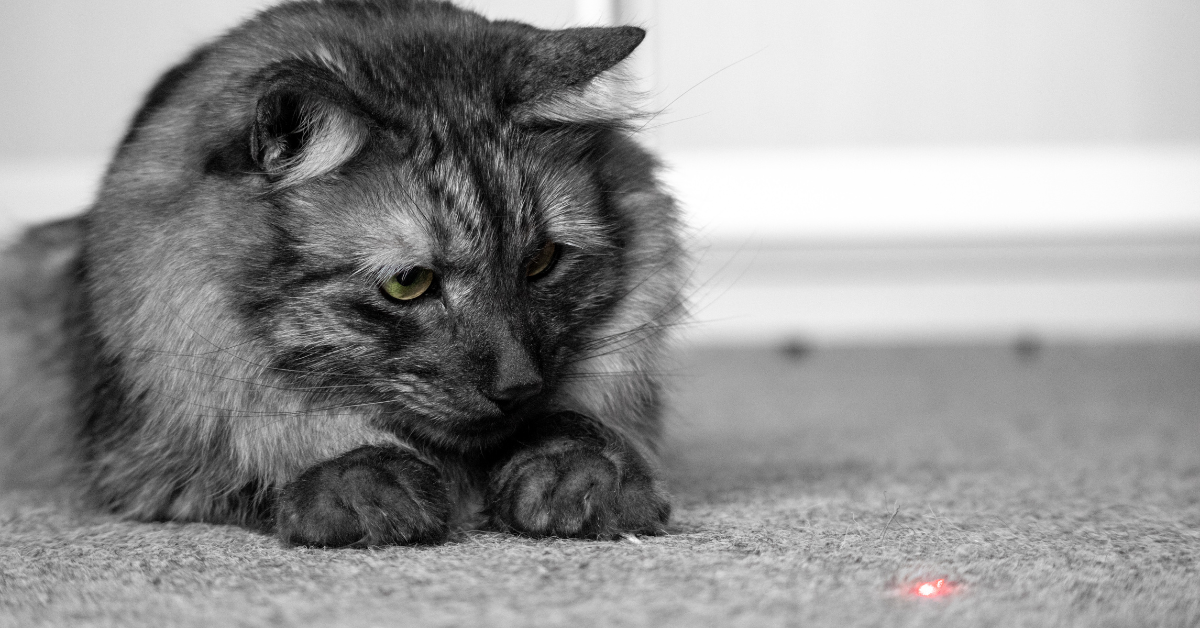
Are Laser Pointers Bad for Cats? or, are they Purr-e Fun?


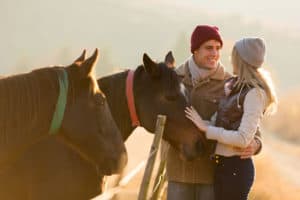 Keeping forage available all the time, which is, after all, what nature intended
Keeping forage available all the time, which is, after all, what nature intended